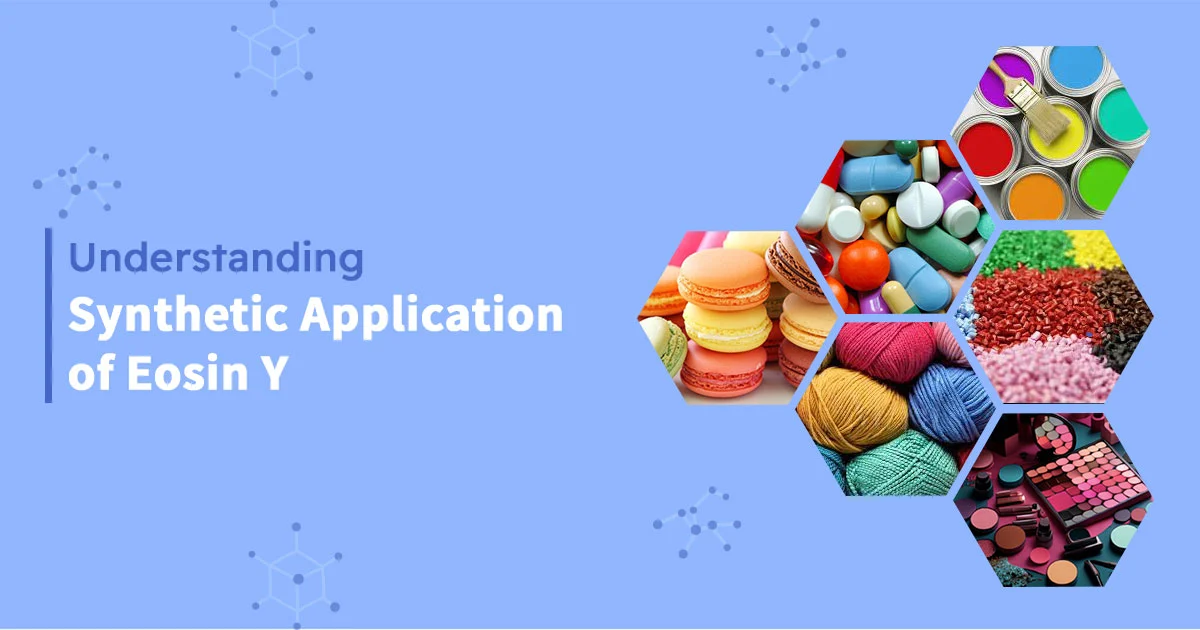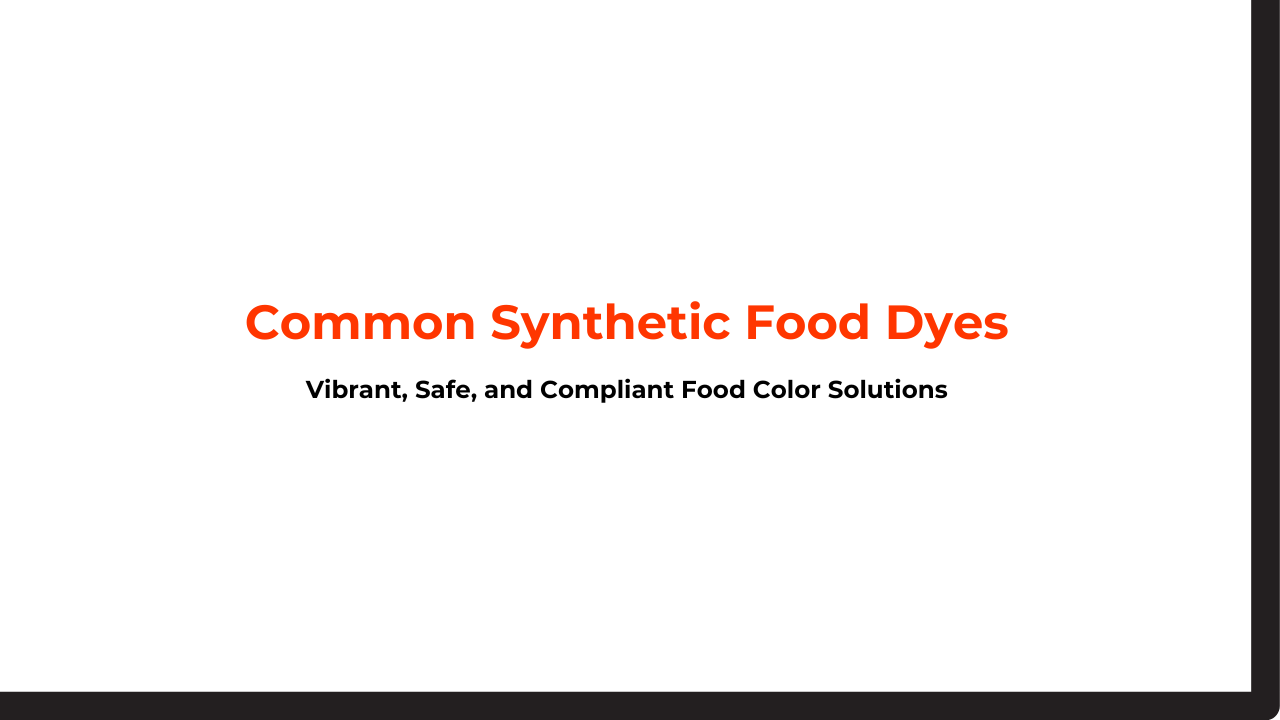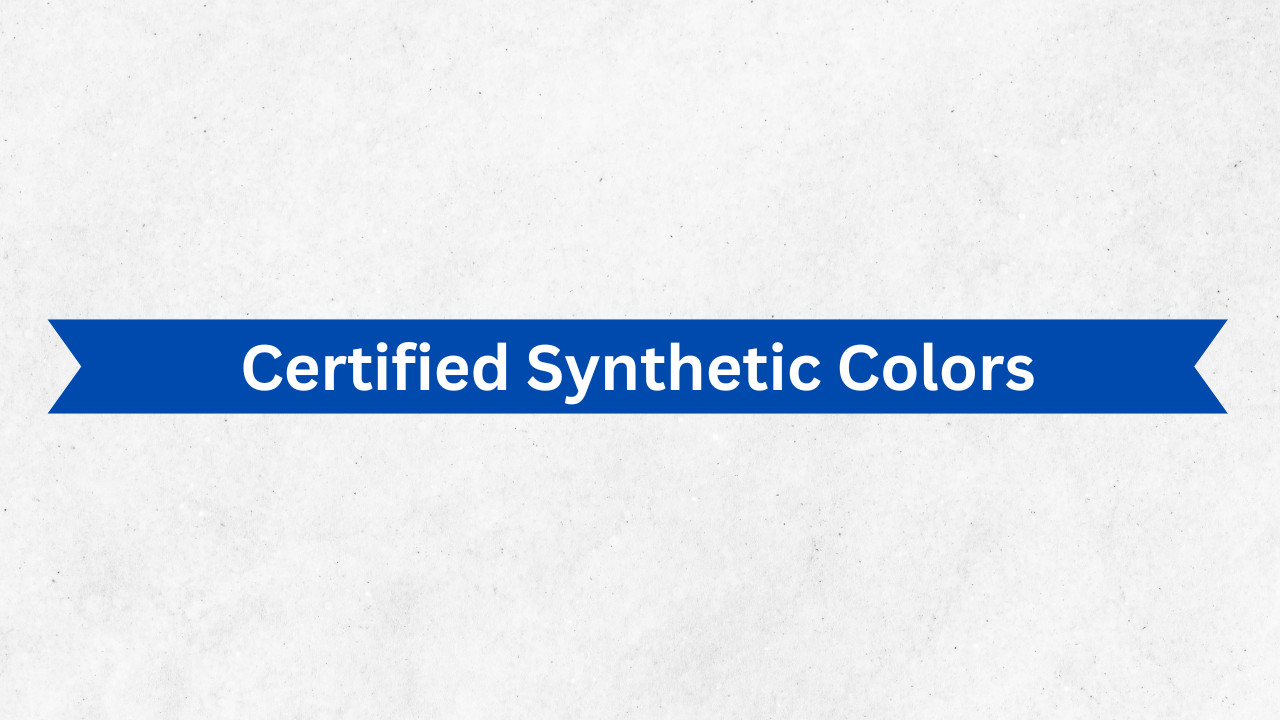Eosin refers to a class of fluorescent red dye, an artificial derivative of fluorescein that contains two closely related compounds, called eosin Y and eosin B. Eosin Y is a tetrabromoderivative of fluorescein and has a slightly yellowish cast and is widely used for various applications. There are two types of Eosin Y: water-soluble and ethanol-soluble Eosin Y.
Ethanol-soluble eosin Y tends to stain more quickly and provides a brilliantly red color compared to the water-soluble type. Dibromodinitro fluorescein derivative eosin B has a blueish tint due to its dibromo dinitro group. The color of eosin B is often equivalent to that of eosin Y, and it can sometimes be more brilliant than eosin Y.
Both dyes are interchangeable and can be utilized based on personal preferences or traditions. If you are wondering about the uses or synthetic applications of Eosin Y, then you have come to the right place. Here, we will walk you through the basic understanding of its synthetic applications.
What is Eosin?
The term dye refers to natural or synthetic-colored organic substances that absorb various substrates to impart color. Dye molecules typically chemically attach to surfaces and become an integral part of them.
Artificial dyes are used to produce food, pharmaceuticals, textiles, cosmetics, plastics, leather, paints, inks, and paper. Three subgroups of dye are grouped under the name xanthene, which includes fluorescein, erythrosine, and rhodamine as members of the fluorone subgroup.
What is Eosin Y?
Eosin Y is a dye most commonly used for staining in histology and microscopy. Eosin Y refers to an acid dye, a xanthene derivative of fluorescein, also called Eosin Yellowish because it provides a slightly yellowish cast.
Uses of Eosin Y
Eosin-Y (tetrabromofluorescein or its disodium salt) is a water-soluble dye most commonly used in the textile and paper industries. Due to its toxicity, this type of dye can have severe environmental consequences. Degradation of the dye without Ag nanoparticles took nearly 60 minutes and had a slow reduction rate.
When nanoparticles are included, the reduction time is lowered to 10 minutes. Leaf extracts from Camellia japonica help synthesize Ag nanoparticles that are excellent at degrading eosin-Y.
Read More: Key Differences Between Dyes and Pigments Explained
Synthetic Applications of Eosin Y
Eosin Y is a dye molecule that offers various synthetic applications in different industrial applications. The following are the synthetic applications of Eosin Y, including but not limited to:
- Biomedical research: Eosin Y is widespread for studying cellular morphology and tissue structure.
- Diagnostics: Eosin Y is widely used in various laboratories to identify tissue samples and detect certain diseases, including cancer.
- Dye-sensitized solar cells: Eosin Y is also popular as a filler in the formulation of dye-sensitized solar cells.
- Red ink: Eosin Y is also widely used in red ink.
- Histology: Eosin Y is widely used in histology, particularly in the H&E (Haematoxylin and Eosin) stain, the Romanowsky-type cytologic stains, and the Papanicolaou stain (also known as the Pap stain).
- Photoredox catalysis can also be used as a photoredox catalyst in organic synthesis to create reactive intermediates. These intermediates are popular for reactions, such as cycloaddition, arene C–H functionalization, oxidation, hydroxylation, amine α-functionalization, and reduction.
- Fine chemistry: Eosin Y can also be used as a reagent in analytical techniques and is excellent at interacting with a comprehensive range of structures and molecules.
Conclusion
The bottom line is that Eosin Y is widely used in various synthetic applications across multiple industrial sectors. Furthermore, Eosin Y is commonly used for spectrophotometric analysis of different pharmaceutical compounds, either alone or combined with spectrofluorimetry in binary or ternary complexes. For more information on a wide range of synthetic applications of Eosin Y, contact Hridhan Chem today!




